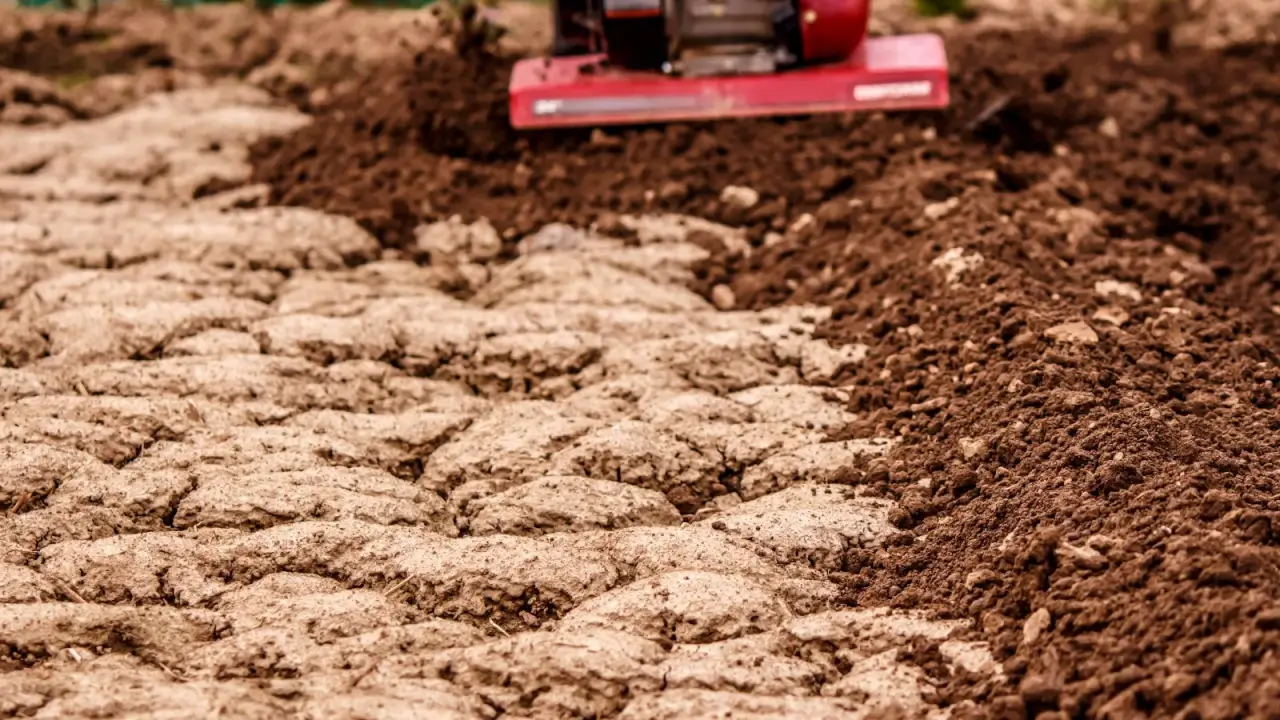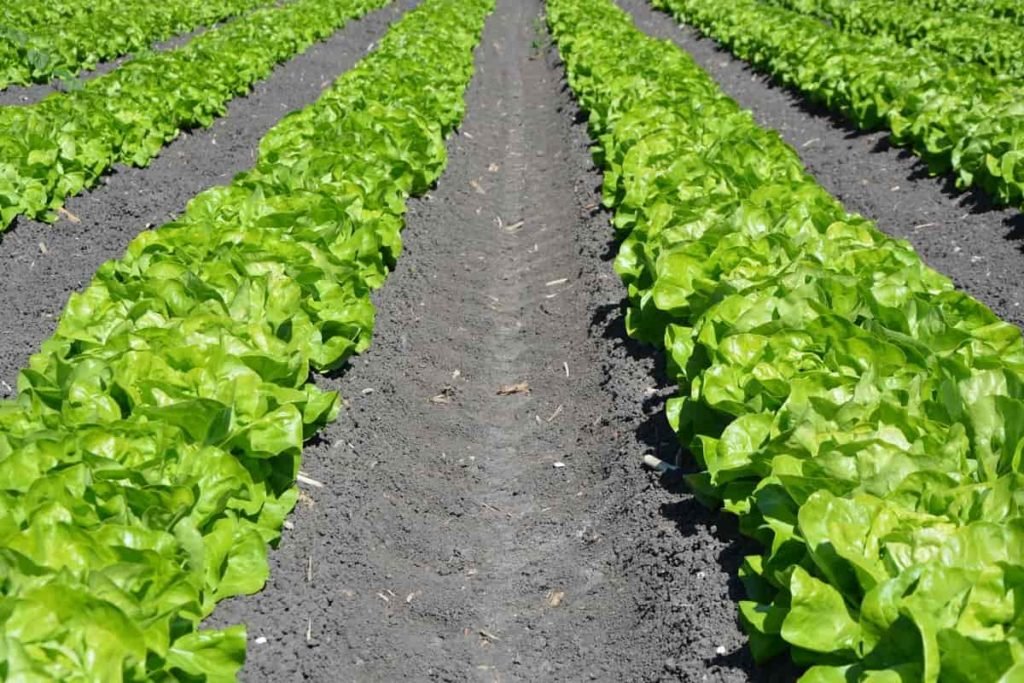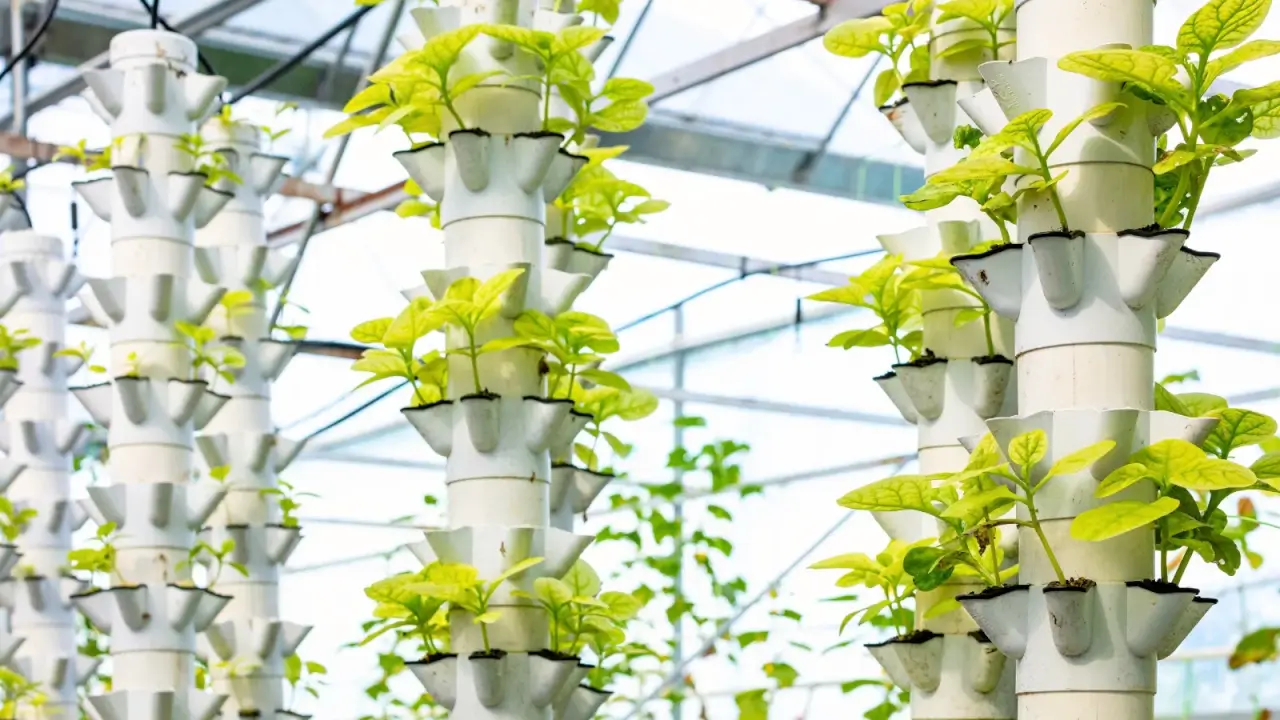Regardless of what you’re growing, spring is an exciting time of year. But it doesn’t come without challenges. Compaction can lead to wet soil that makes it difficult to get in your fields on time for planting and for small plants to get a healthy start.
If you’re dealing with spring soil compaction this year, learning how to prevent and manage this issue will help you grow healthier crops in the current and future seasons.
What Is Soil Compaction?


Soil is made up of particles known as sand, silt, and clay, plus a small portion of organic matter. These particles are classified by size, with sand being the largest and silt being the smallest. In healthy soils, tiny air pockets exist between the particles.
When compaction occurs, these air pockets largely diminish or disappear. This can happen throughout the soil profile, or it may appear on a single layer, like the surface or where a tillage implement stops.
Compaction leads to numerous issues that negatively impact plant growth and environmental health.
- Poor water infiltration and drainage and associated issues entering the field
- Decreased root growth and nutrient uptake
- Lower crop yields
Causes of Compacted Soil


Compaction has both natural and man-made causes. While a small amount of spring soil compaction may not be cause for concern, hard soils will have a difficult time growing healthy crops. Take note of the following causes of compaction and do your best to avoid them.
- Prolonged grazing
- Running heavy equipment over soils, especially in damp conditions
- Repeated shallow or medium-depth tillage
- Heavy rainfall
Ways to Manage Compacted Soil
If you’re dealing with compacted soil this spring, consider the following management techniques. However, remember that working wet soil can increase rather than decrease the compaction you’re looking to alleviate.
Loosen Compaction with Deep Tillage


When you hear the term tillage, your mind may jump to rototillers that churn the top six to ten inches of soil. However, there are many other implements that provide deeper and less destructive tillage.
Running a subsoiler or disc ripper will break up any hardpan layers without inverting the soil. Since these implements lift rather than churn, the newly aerated soil is less likely to settle with heavy rains. This method is best for dealing with deep compaction rather than crusted soil.
Control Machinery Traffic


If you’re running tractors and other heavy machinery in your fields, it’s important to consider the way these machines are traveling. Running your equipment on the same paths will limit compaction throughout your growing area. If you can’t always follow the same wheel tracks, run your heaviest machinery out of growing areas.
Always Run Equipment at the Appropriate Tire Pressure


The easiest way to improve tire efficiency and limit soil compaction is to impact your tires to the proper pressure. If you’re not sure about the proper inflation rate, check with your tire retailer. Checking your tire pressure once a week will ensure it’s running at the proper PSI.
Plant Deep-Rooted Cover Crops


While cover crops may not provide you with a lucrative harvest, they can have profound environmental impacts. Deep-rooted cover crops like tillage radish and cereal rye can lessen compaction and improve crop yields. One study showed that planting cover crops in compacted soils resulted in higher yields of corn and soybeans than when a subsoiler was run through the plot in the fall.
However, growing cover crops for one growing season may not result in noticeable differences in crop yields. Cover crop roots not only break up compaction; they inject organic matter into the soil. This organic matter feeds the microorganisms that work to improve health and structure.
Avoid Operating Equipment When the Soil is Wet


Spring is a time of watching the weather and waiting for the right windows to appear. Not only are farmers watching temperatures, but they’re also looking for dry spells that allow them to get into the fields. However, these rain-free periods don’t always arrive.
While you may be tempted to drive equipment into wet fields, this can do damage that lasts for decades. Moist soil is more susceptible to compaction than dry, so you should avoid running machinery across wet fields at all costs.
full_link
Recommended Posts
To Reverse a Troubling Trend, Farmers Are Adding Rocks to their Fields















Leave a Reply